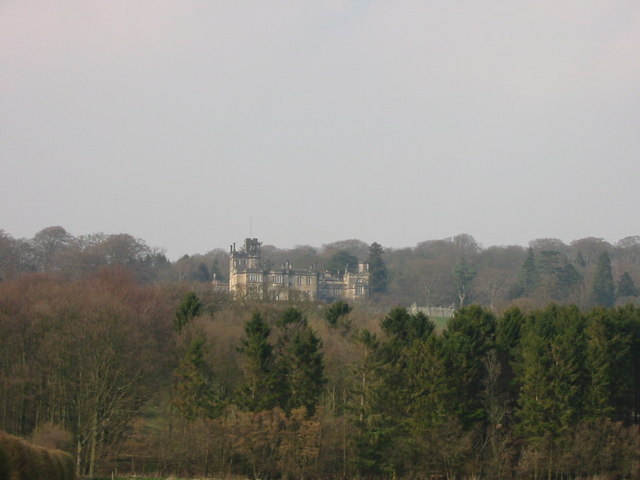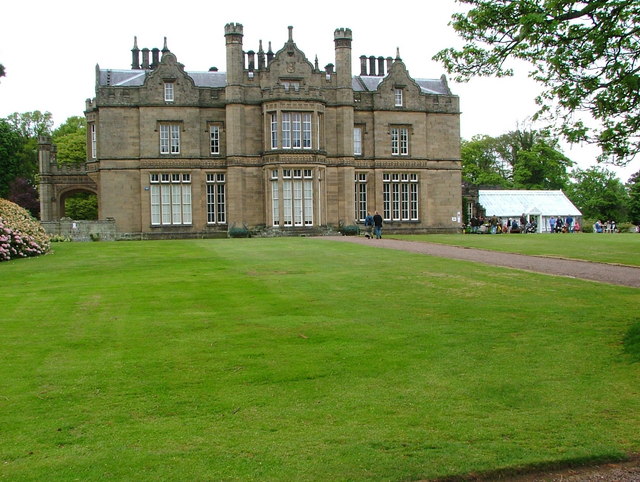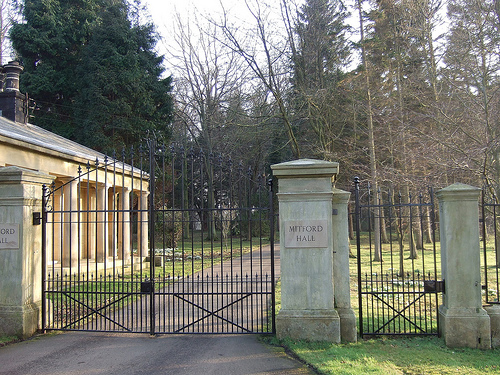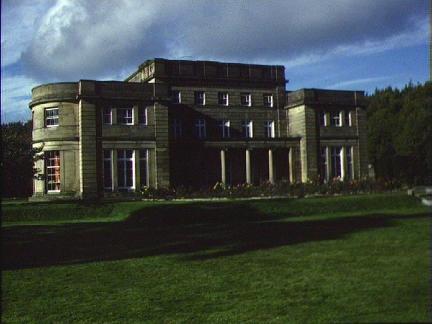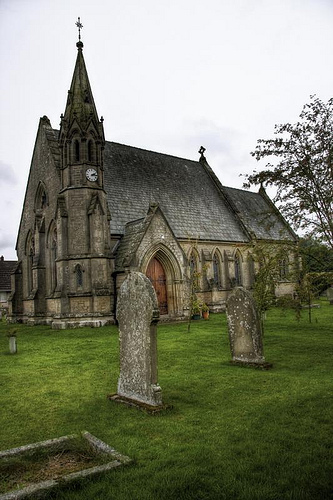<Back to Index>
- Cartographer Gemma Frisius, 1508
- Architect John Dobson, 1787
- 10th President of Italy Carlo Azeglio Ciampi, 1920
PAGE SPONSOR
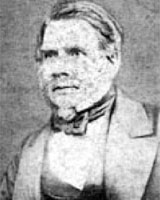
John Dobson (1787 – 8 January 1865) was a 19th century English architect in the neoclassical tradition. He became the most noted architect in the North of England. Churches and houses by him dot the North East - Nunnykirk Hall, Meldon Park, Mitford Hall, Lilburn Tower, St John the Baptist Church in Otterburn, Northumberland, and Beaufront Castle among them. During his career he designed more than 50 churches and 100 private houses. However, he is best known for designing Newcastle Central Station and for his work with Richard Grainger developing the centre of Newcastle in a neoclassical style.
Dobson was born on 9 December 1787 in High Chirton, North Shields, in the building that is now The Pineapple Inn. He was the son of an affluent market gardener, [John Dobson, whose wife was Margaret], and young Dobson was educated in Newcastle. As a young child he had an exceptional gift for drawing. Aged 11, he executed designs for a local damask weaver. At the age of 15, he was placed as a pupil with David Stephenson, the leading architect - builder in Newcastle, designer of All Saints Church and the Theatre Royal that stood in Mosley Street. In 1810, aged 23, Dobson completed his studies. He then decided to go to London to study art and became a pupil of John Varley the watercolourist. He was strongly encouraged by friends to stay and work in London, but by 1811 he was back in Newcastle and assisting Sir Charles Monck to design Belsay Hall. Monck was a passionate devotee of Grecian art and architecture, and it is thought that it was he who strongly influenced Dobson to adopt that style of architecture in so many of his future works. At that time, apart from Ignatius Bonomi in County Durham, he was the only practising architect between York and Edinburgh. It is not known beyond doubt what was Dobson’s first building, but Dobson’s daughter maintained that it was North Seaton Hall, near Ashington, built in 1813 and demolished in 1960.
Dobson married Isabella, eldest daughter of Alexander Rutherford of Warburton House, Gateshead, a lady of great artistic talent, being an excellent painter of miniatures. They had three sons and five daughters. His youngest son, Alexander, inherited his father’s artistic genius, gaining first prize in architecture at University College. He had just returned to his father’s office full of enthusiasm to work when he was killed in the great explosion on Gateshead quayside on 4 October 1854.
Although Dobson was very versatile, and was able to build houses in
Gothic or Tudor style if his clients so desired, his preferred style was Georgian. His country houses are
too little known, mainly because they are not so large that they are
open to the public, and are often still in private hands hidden away
behind parkland and trees. The outstanding characteristics of his
houses are his use of beautiful golden sandstone, Corinthian or Ionic pillared entrance porticos, elegant staircases with beautiful ironwork balustrades leading to an upper gallery with an iron balustrade of the same design, and the hall's having a domed ceiling and glass centrepiece. Often, as at Nunnykirk Hall and
Longhirst Hall, the ground floor design includes a curved or bow end at
one side of the house. In all of the houses that Dobson designed, the
quality of the stonework is superb, and it is believed that he used the same team of stonemasons again and again. It is also thought that this applied to other craftsmen whom he employed.
In 1820 the council decided to demolish the Chapel of St Thomas the Martyr at the north end of the Tyne Bridge. To replace it the council decided to erect a new chapel at Barras Bridge on Magdalene Meadow, which belonged to St Mary Magdalene Hospital. Dobson designed the new chapel in 1827 in the modified Gothic style. A novel feature is the hollow tower. Incidentally, the demolished chapel was replaced by the Watergate Building, Sandhill, also designed by John Dobson.
In 1849 the High Level Bridge was built over the River Tyne, bringing the railway to Newcastle and north to Scotland. A suitably impressive station was required for a thriving town such as Newcastle, and Dobson provided it in his plans. His original plan of 1848 showed a magnificent façade with a huge portico having double colonnades and an Italianate tower at the east end. Behind this was an enormous train shed made up of three arched glass roofs built in a curve on an 800 foot (240 m) radius. This design won an award at the Paris Exhibition of 1858. Unfortunately, Dobson was forced to alter his plans to produce a much less substantial portico and remove the Italianate tower. The station was completed in 1850 without the planned portico and this was only added in 1863.
John Dobson argued for the role of the architect in building railway stations, and his Newcastle Central is regarded by many as the finest in England. According to Gordon Biddle and O.S. Nock in The Railway Heritage of Britain: ‘Undoubtedly it would have been one of the finest 19th century classical buildings in Europe had it been completed... Even so, Newcastle Central today is magnificent inside for its spectacular combination of curves and outside for its sheer size and length.’ The train shed at Newcastle, the authors state, was the first of the great arched roofs and represented a bold step forward which was copied by others.’ It was the first use of malleable rolled iron ribs - indeed the first large glass and iron vault in England.
In 1830 Richard Grainger proposed to the town council the erection of a corn exchange on a site at the bottom of Pilgrim Street, opposite Mosley Street. This plan was rejected but Grainger decided to go ahead and build a shopping arcade there instead. John Dobson produced the design based on an elegant London shopping arcade and it was completed by 1832. It was designed as two office blocks, one facing Pilgrim Street and the other facing Manor Chare. Connecting the two was a narrow block forming the arcade itself. The front façade had six fluted Corinthian columns. The interior of the arcade was 250 feet (76 m) long with an arched ceiling decorated in the Grecian style and with several domed skylights. The whole design was intended as an elegant shopping experience. However, Grainger had sited it in the wrong position away from the developing areas of the town and so it was never a success.
In 1824 Dobson was commissioned by
Richard Grainger to produce designs for Eldon Square. The design was for three terraces facing a central square, each terrace being of two and a half storeys. The east and west terraces consisted of 27 bays of windows, whilst the north terrace had 39 bays. The first floors had continuous cast - iron balconies with Grecian honeysuckle decoration. Beyond this and the giant Doric pilasters at
the end of each terrace there was no other decoration so that the whole
effect was very simple and clean. The terraces were faced with finely
cut ashlar, which was a marked improvement on the stucco used
extensively in London architecture of the time. It is a great pity that
this magnificent work was destroyed in the 1960s in the name of
progress.
The crowning piece of Grainger’s plan for the development of Newcastle was to be a new street leading up from Dean Street to intersect with Blackett Street. Originally called Upper Dean Street, it was eventually renamed as Grey Street. Dobson was originally given the credit for the design of the whole street (by Pevsner for one), possibly due to his daughter’s assertions, but it is now believed that Dobson was responsible only for the east side of the street from Shakespeare Street to Mosley Street, and that architects from Grainger’s office, John Wardle and George Walker, designed the west side.
In 1841 Grainger, unknown to Dobson, was in serious financial difficulties. He owed Dobson a large sum of money for work done and he tried to reduce this amount by charging Dobson £250 for a staircase and painted ceiling removed from Anderson Place. Dobson was furious at what he considered an underhand trick by Grainger and expressed his indignation in various letters that have survived. It is believed that this brought about the final breakdown of their professional relationship.
Dobson contributed much to the townscape of Newcastle, but not as much as many think.
The overall plan for Grainger Town was Grainger’s. Grainger also exercised close control over the quality of the work. John Dobson is given much of the credit for the detailed design, but other architects made significant contributions, especially Thomas Oliver and John and Benjamin Green. In addition much work was done by two architects in Grainger’s office, John Wardle and George Walker. The latter two designed the west side of Grey Street, as well as Grainger Street, Clayton Street and Market Street. Much confusion was caused by Dobson’s daughter, Jane, who often claimed the credit on his behalf for work done by other architects. For instance, she claimed that Dobson designed Leazes Terrace and Leazes Crescent when in fact they were designed by Thomas Oliver.
Dobson’s wife, Isabella, died in 1846, aged 51. In 1859, when he was 72, he was elected first President of the newly formed Northern Architectural Association. He retired from active work in 1863 after suffering a stroke, from which he never fully recovered. He went to live for a time in Ryton. He died on 8 January 1865, aged 77, at his home in 15 New Bridge Street. He left a comfortable fortune of £16,000. The house where Dobson died still stands but subsequently became the Oxford Galleries, a dance hall, and since has been a series of nightclubs.
He is buried in Jesmond Old Cemetery where there is a memorial erected in circa 1905.
